

James Wong
2025 Mazda CX-5 G25 Touring AWD review
5 Days Ago
The Commodore and Falcon are gone, but there remain several options for those looking for sporty, reasonably affordable six-cylinder cars.

Contributor
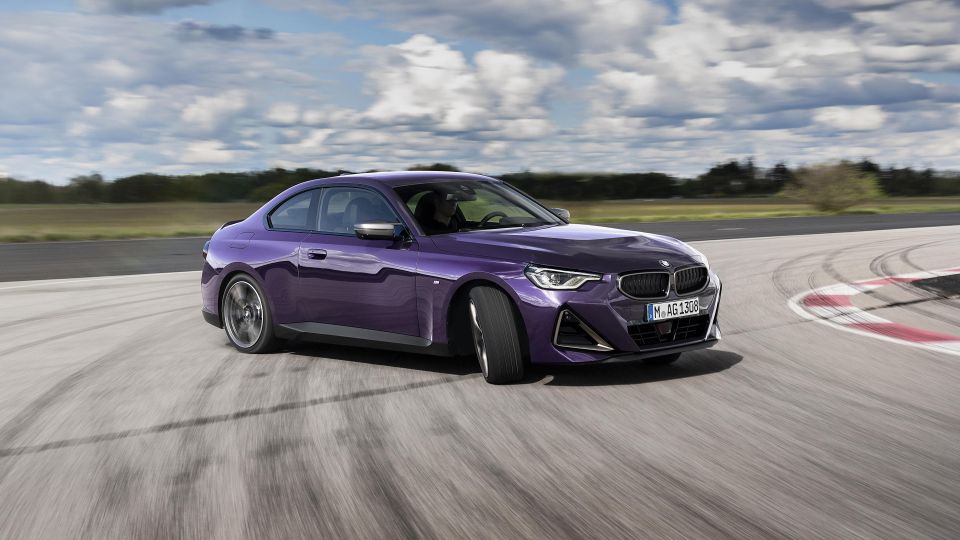

Contributor
Six-cylinders have long been regarded as a minimum for any serious performance car. Homegrown heroes such as the Ford Falcon XR6 Turbo were proof that six cylinders offered the perfect balance between good sound, power and speed, while also remaining relatively affordable.
While locally made options have ceased production and turbocharged four-cylinder engines have proliferated, there remain a number of potential alternatives to consider for buyers searching for six-cylinder performance for under $100,000.
This includes everything from sports sedans to dedicated sports cars and, soon, performance utes.
For the purposes of this story, the focus is on sportier six cylinder options. Therefore, we’ve excluded people movers such as the Kia Carnival V6, and SUVs such as the Toyota Kluger V6.

Arguably the most direct successor for the Ford Falcon and Holden Commodore, the Stinger in V6 guise remains the fastest model in the Korean marque’s Australian lineup, at least until the flagship EV6 GT arrives towards the end of 2022 or in early 2023.
A large rear-wheel drive liftback featuring a 3.3-litre twin-turbo V6, the Stinger in 330S and GT guises produces a substantial 274kW of power at 6000rpm and 510Nm of torque over a wide band from 1300rpm all the way to 4500rpm.
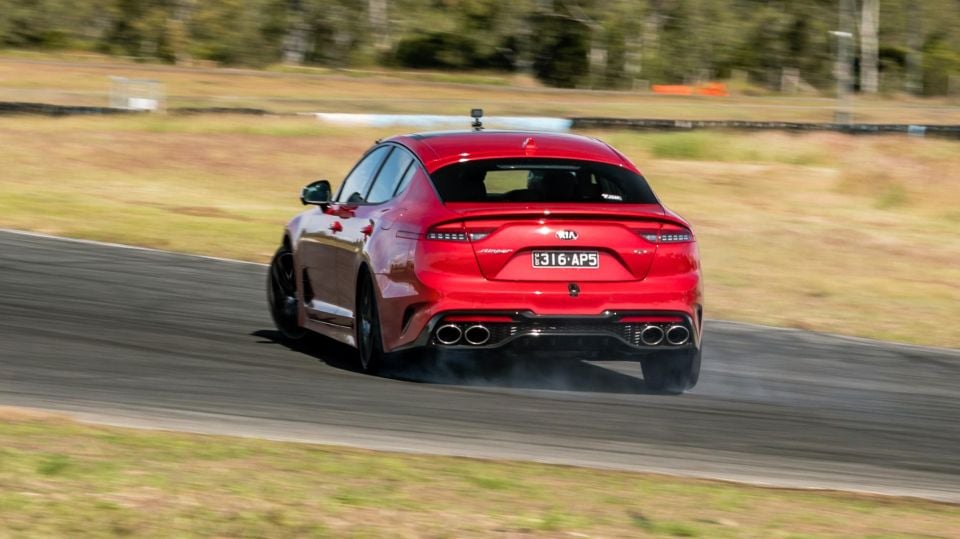
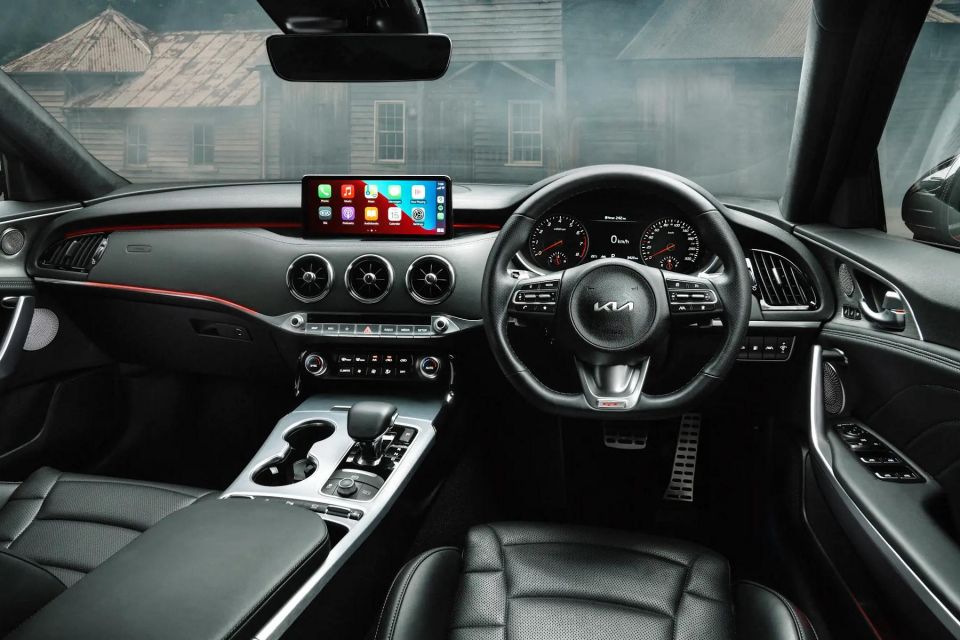
Mated to an eight-speed torque-converter automatic, the Stinger is propelled from 0-100 km/h in just 4.9 seconds.
Perhaps just as importantly, V6 models now get a factory developed bi-modal exhaust system, which enables drivers to switch between a more restrained or aggressive exhaust note at the touch of a button. All models also feature Brembo brakes and a limited-slip differential.
The Stinger 330S is priced at $55,030 before on-road costs, while the fully-loaded GT is $64,960 before on-roads.
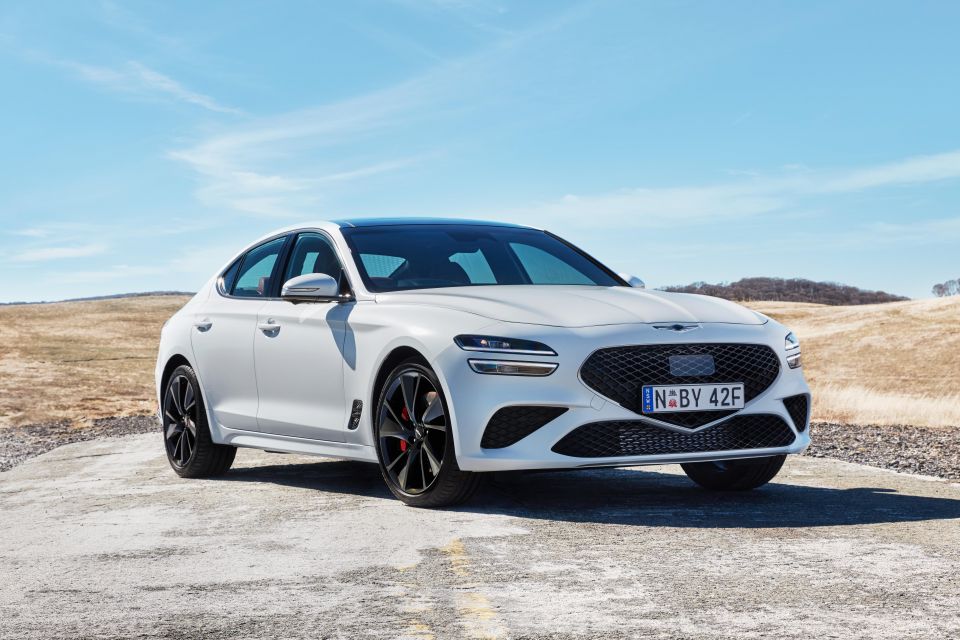
Genesis is Hyundai’s luxury brand, and the latter’s close relationship with Kia (being part of the same chaebol or corporate group), means those wanting a more compact but more luxurious alternative to the Stinger can choose the G70 instead.
Pitched as a direct rival to the German triumvirate of the Audi A4, BMW 3 Series and Mercedes-Benz C-Class, the G70 in 3.3T Sport trim is available with one feature those alternatives are unable to match – namely, a V6 engine under the six-figure mark.
Featuring the same displacement, configuration and specification as its Kia stablemate, the G70’s lighter weight shaves 0.2 seconds off the Stinger’s acceleration time, allowing it to reach the 100 km/h mark from a standstill in just 4.7 seconds.
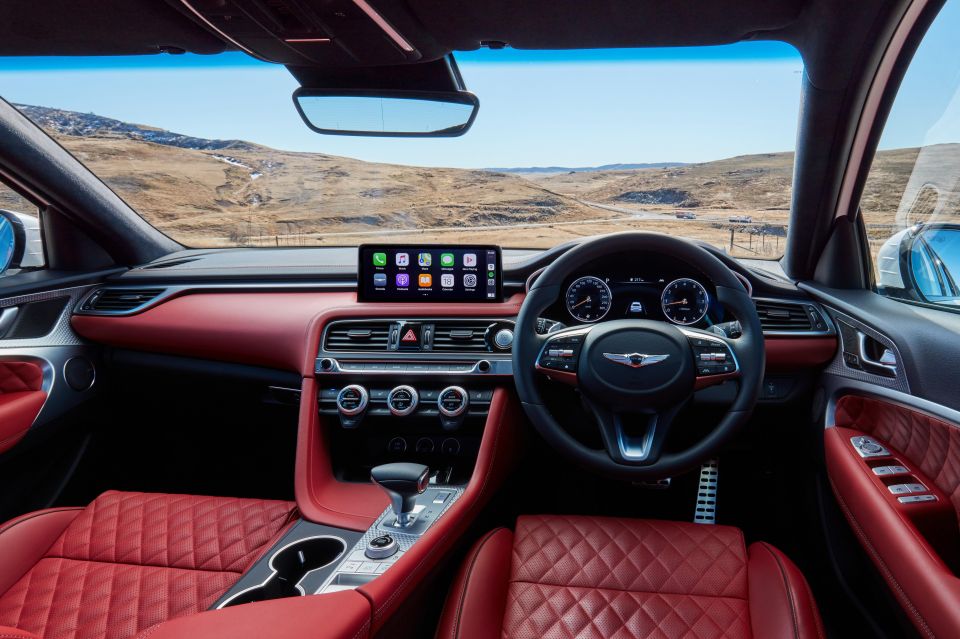

The G70 retains the Stinger’s bi-modal exhaust and mechanical limited-slip differential, but features a superior adaptive suspension setup and a significantly more upmarket interior, available with Nappa leather upholstery, a 12.3-inch digital instrument cluster and a 15-speaker Lexicon sound system.
Prices for the G70 Sport start at $75,876 before on-road costs, with an optional Luxury Package available for an extra $10,000 outlay.
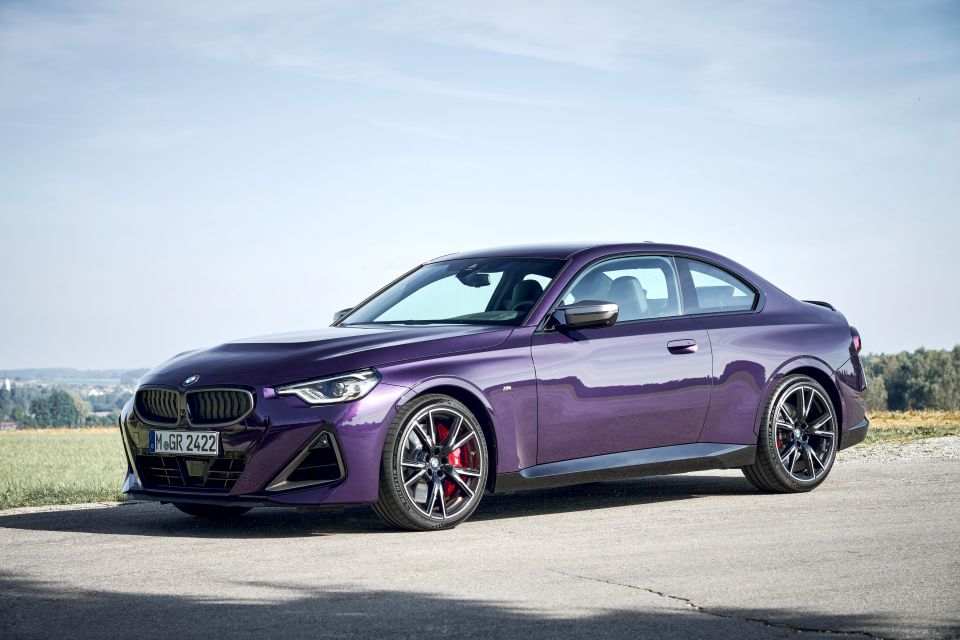
BMW is renowned for its sporting models, having consistently billed itself as the ‘Ultimate Driving Machine’, and perhaps none are as iconic as its compact two-door coupés.
The latest ‘G42’ BMW 2-Series Coupé continues a tradition that includes ancestors such as the ‘Neue Klasse’-based 02 series.
In M240i xDrive guise, BMW fits the car with a 3.0-litre turbocharged inline-six engine producing 285kW of power and 500Nm of torque. Mated to a ZF-sourced eight-speed torque-converter automatic, the M240i is able to accelerate from 0-100 km/h in a very rapid 4.3 seconds.
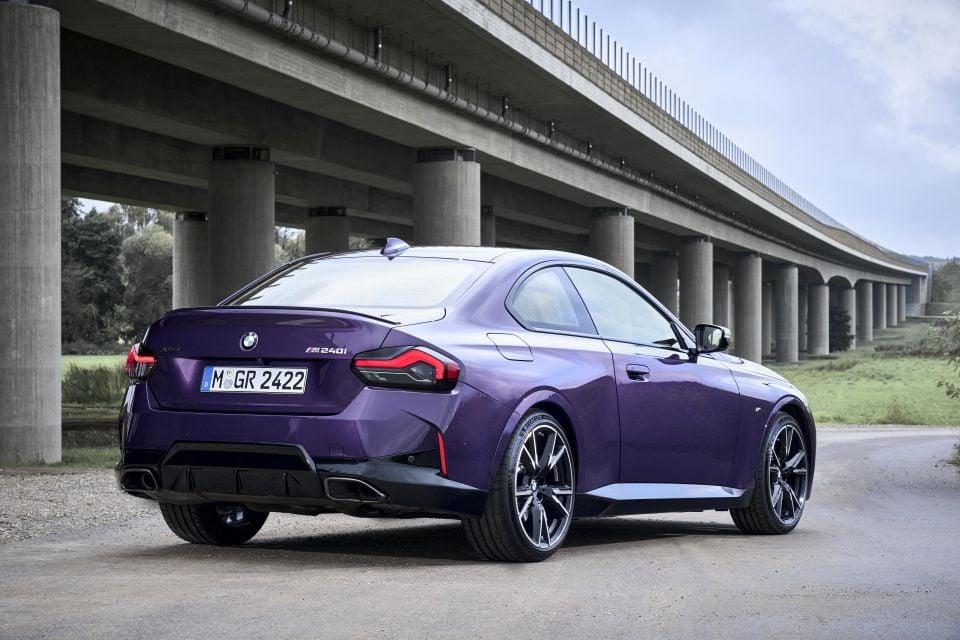

Similarly to its predecessors, the latest 2-Series Coupé effectively uses a shortened version of the larger 3-Series’ CLAR platform, and shares a similar interior design and technology features.
The M240i xDrive is priced from $89,900 before on-road costs. Those looking for a four-door sedan equivalent may be able to stretch to the M340i xDrive Pure, which makes use of the same engine in a more practical body, available just over the six-figure mark at $101,471 before on-roads.
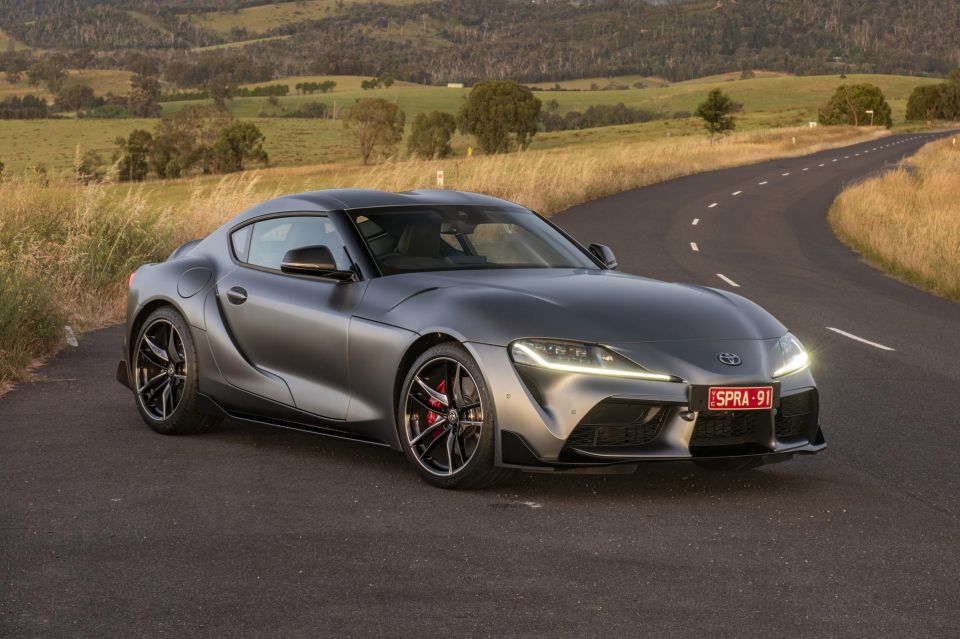
For those interested in BMW performance but prefer their cars to have a more Fast and Furious vibe, Toyota offers the same BMW ‘B58’ engine described above in its new GR Supra.
Making identical outputs to the M240i xDrive above, and using a parts-bin BMW interior and chassis clothed in an aggressive Toyota-designed bodyshell, the Japanese marque claims its new Supra can accelerate to 100 km/h in just 4.1 seconds.
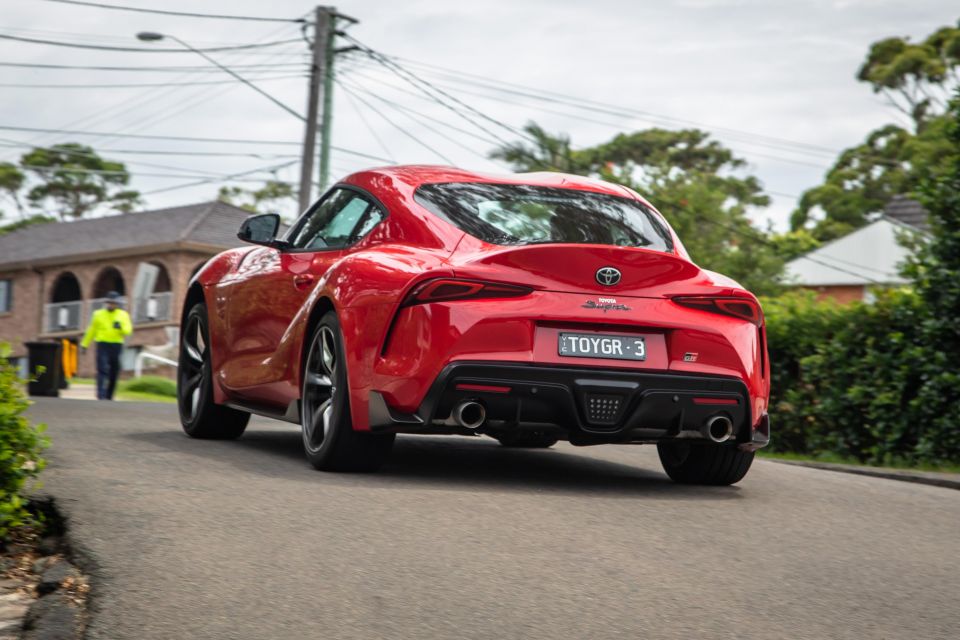
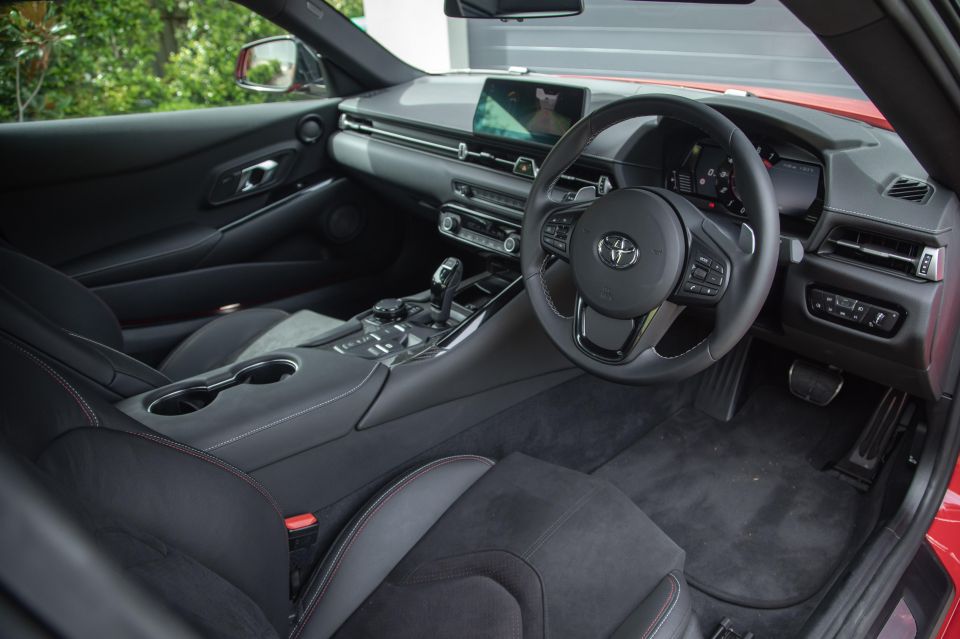
Although a coupé like the M240i xDrive, the Supra is a strict two-seat rear-wheel drive sports car. In base GT guise, it’s available from $87,303 before on-road costs, with a higher-spec GTS also available under six figures at $97,303 before on-roads.
Despite borrowing substantially from BMW, Toyota provides the Supra with the same five-year, unlimited-kilometre warranty as the rest of the Toyota range, exceeding the BMW guarantee by two years.
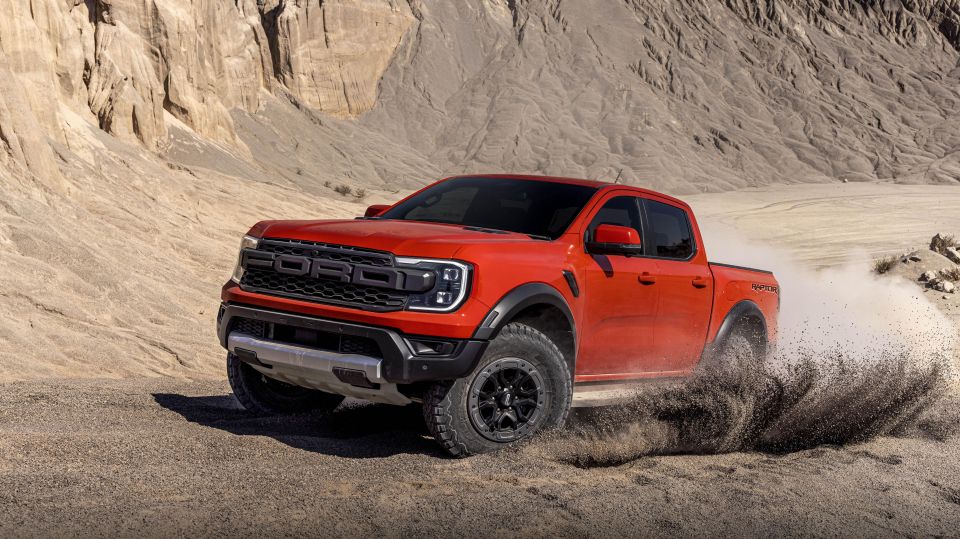
While the outgoing Ranger Raptor offers incredible off-roading capability, there’s little to differentiate it from lesser models in the range in the engine compartment.
However, the upcoming Ranger Raptor, expected to go on sale later in 2022, turns this completely on its head. Gone is the bi-turbo 2.0-litre diesel found in lesser Rangers, replaced with a 3.0-litre twin-turbo petrol V6 producing a mammoth 292kW of power and 583Nm of torque, with power being sent to all four wheels via a 10-speed automatic transmission.
Ford intends the Ranger Raptor to be an off-road performance hero, and to that extent has equipped the upcoming model with Fox live-valve position sensitive dampers, ideal for high-speed off-road driving.
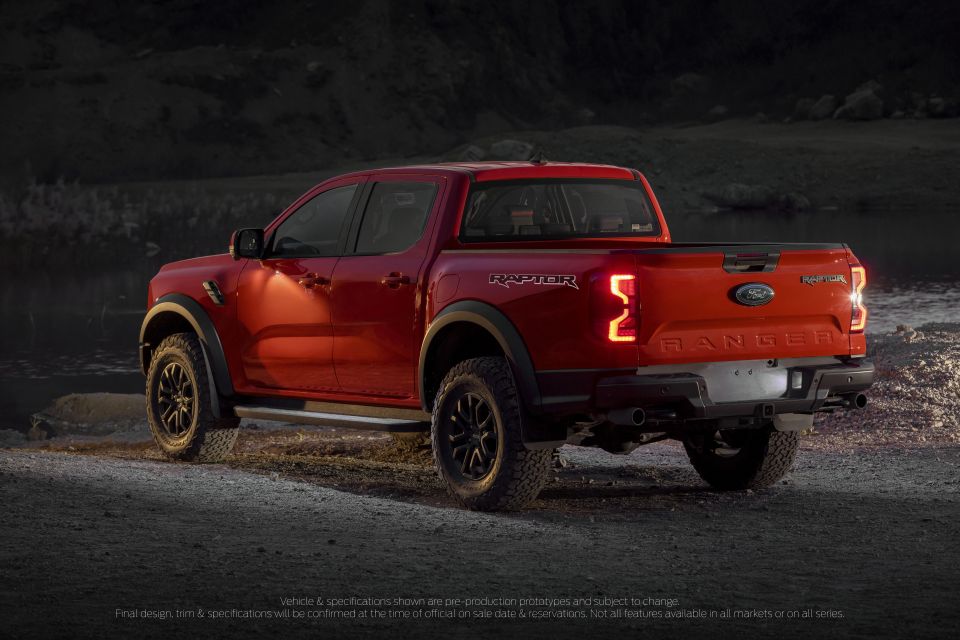
Like the Stinger and G70 above, Ford engineers have also equipped the Ranger Raptor with an active-valve exhaust, and when the driver selects the most aggressive ‘Baja’ off-road driving mode, a throatier, more aggressive exhaust sound is produced.
Like other more recent Fords, the upcoming Ranger Raptor will be equipped with Ford’s latest Sync 4 infotainment system, featuring a large, portrait-oriented 12-inch touchscreen.
Pricing for the new model is yet to be confirmed, but with the outgoing model available from $79,390 before on-road costs, the latest Ranger Raptor is expected to still slide under the six-figure mark.

Nissan’s Z series of sports cars is well-known for bringing affordable performance to the masses since the original 240Z first came out in 1969. The latest iteration takes inspiration from both the early Z-cars and the 1990s Z32 300ZX models for its design.
Also slated to arrive in Australia later this year, the new Z borrows its 3.0-litre twin-turbo V6 from the Infiniti Q60 Red Sport, and in the Z produces 298kW of power and 475Nm of torque to the rear wheels, via either a nine-speed automatic transmission or a six-speed manual. Nissan projects a 0-100km/h sprint time of under five seconds.

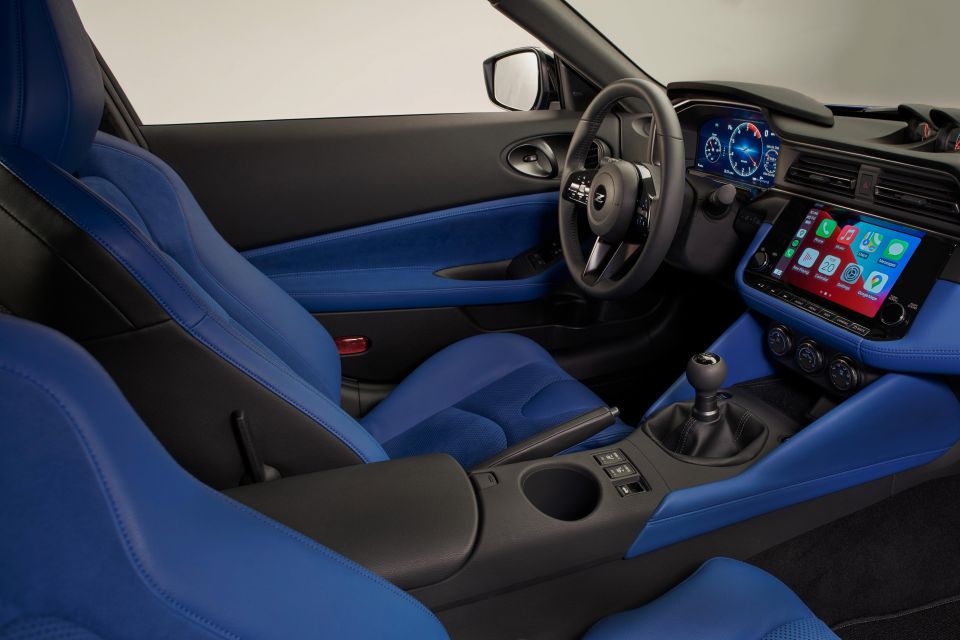
Built on a revised version of the outgoing 370Z’s chassis, all Australian-delivered Nissan Zs will be equipped with a mechanical limited-slip differential and launch control as standard, while manual versions will also be equipped with a carbon-fibre composite driveshaft.
Meanwhile, the interior will make use of an Active Sound Enhancement feature to amplify engine sound, while also utilising Active Noise Cancellation to filter out tyre and wind noise.
Pricing has yet to be confirmed but the Nissan Z is positioned to compete with models such as the Toyota Supra and even the top-spec 370Z sat comfortably under $100,000.


James Wong
5 Days Ago


Max Davies
4 Days Ago


Josh Nevett
3 Days Ago


Josh Nevett
2 Days Ago


Paul Maric
1 Day Ago


Damion Smy
18 Hours Ago